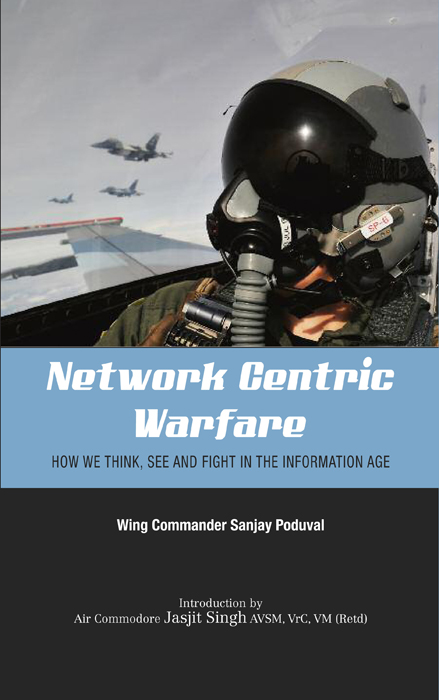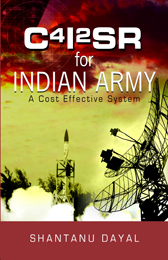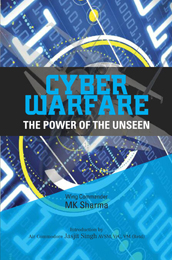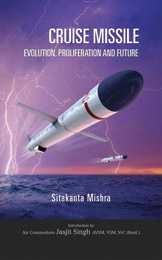Subjects
Network-Centric Warfare: How we Think, See and Fight in the Information Age
Sanjay Poduval
The present age widely referred to as the information age has changed the nature of wars not in degree but in kind. Warfare is no longer confined to the militaries or to the battlefields but has transcended into the civilian domain; today, it also involves the entire government infrastructure, the commercial and economic zones.
Network Centric Warfare (NCW) is applicable to all levels of warfare and contributes to the coalescence of strategy, operations and tactics. It is transparent to the mission, force size, its composition and geography. NCW has many attributes which has enabled it to become as potent as it is today. These characteristics have been made possible mainly due to technology and rapid progress in every sphere which has ensured rapid computing and diminishing the tyranny of distances. While the Nuclear Age spawned a return to limited war, the Information Age has had its own unique impact on the conduct of military operations. This century has been characterised by the widespread impact of technology in many fields. Information, communications and data processing have profoundly influenced every significant aspect of human activity and have irrevocably transformed war-fighting methodology. The distinction between war and peace has blurred and is reaching the vanishing point with no definable battlefields or fronts. The distinction between "civilian" and "military" is fast disappearing as is evident from the number of cyber intrusions in the defence, scientific, banking and commercial sectors the world over. As a result, most states today are perpetually at war; a war of a different kind, not against tangible elements but against bits and bytes.
Terrorism is a reality today; it is a growing menace in the civilised society and is here to stay. It has taken warfare into the civilian domain. It is difficult to predict where, when and what will be struck and, therefore, not possible to keep a standing force at all vulnerable points. This has led to wars of the present being more covert, with the adversaries learning to use the strengths of the Information Technology (IT) against the proponents. This information war is split between the offensive and the defensive. The advantage more often than not lies with the attacker who can choose the time and place of the attack. The blurring of offence and defence reflects the dual nature of NCW; it tends to defy and cut across standard boundaries, jurisdictions, and distinctions between state and society, public and private, war and peace, war and crime, civilian and military, police and military, and legal and illegal. This makes it difficult, if not impossible, for a government to assign responsibility to any single agency — e.g., military, police, or intelligence—to be in charge of responding. Sharing information and massing of forces becomes critical for quick and effective action.
This book will be of immense value to not only the defence community but also to all those interested in understanding the way conflicts of the present generation affect the lives of the entire population. No particular academic background has been assumed of its readership. All arguments developed in the paper are couched in terms of concepts that are introduced in the paper.


 Political Science
Political Science



